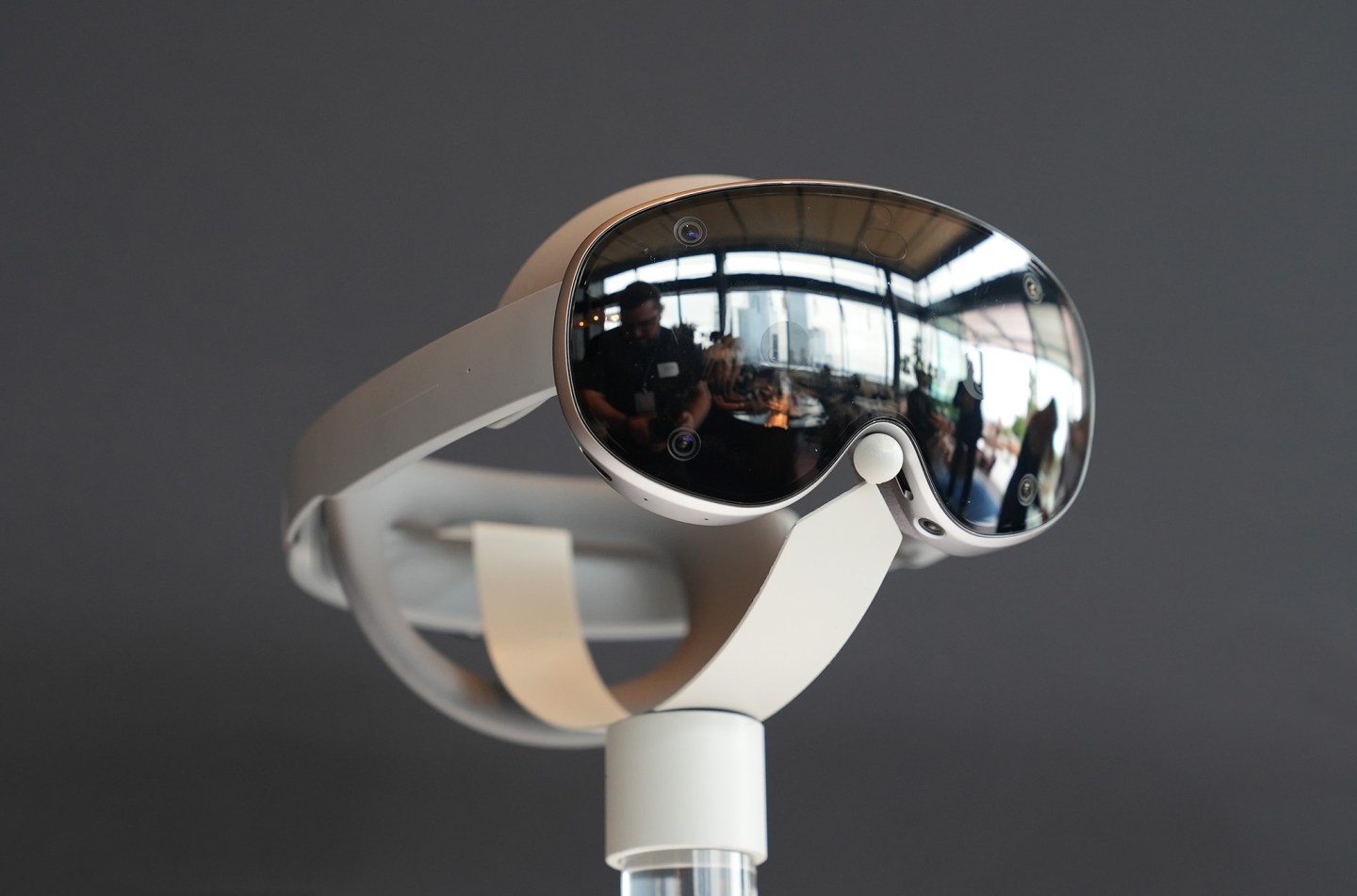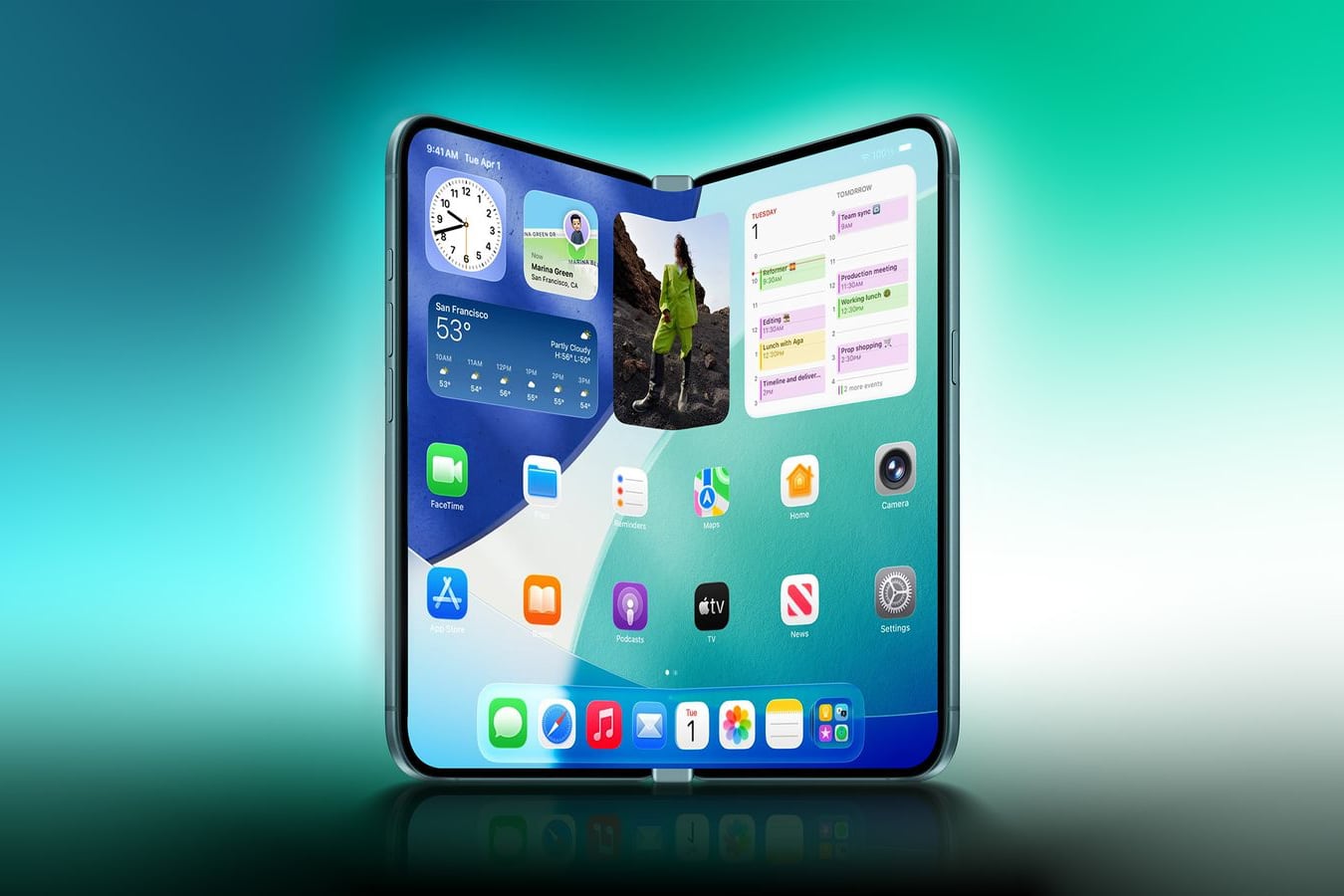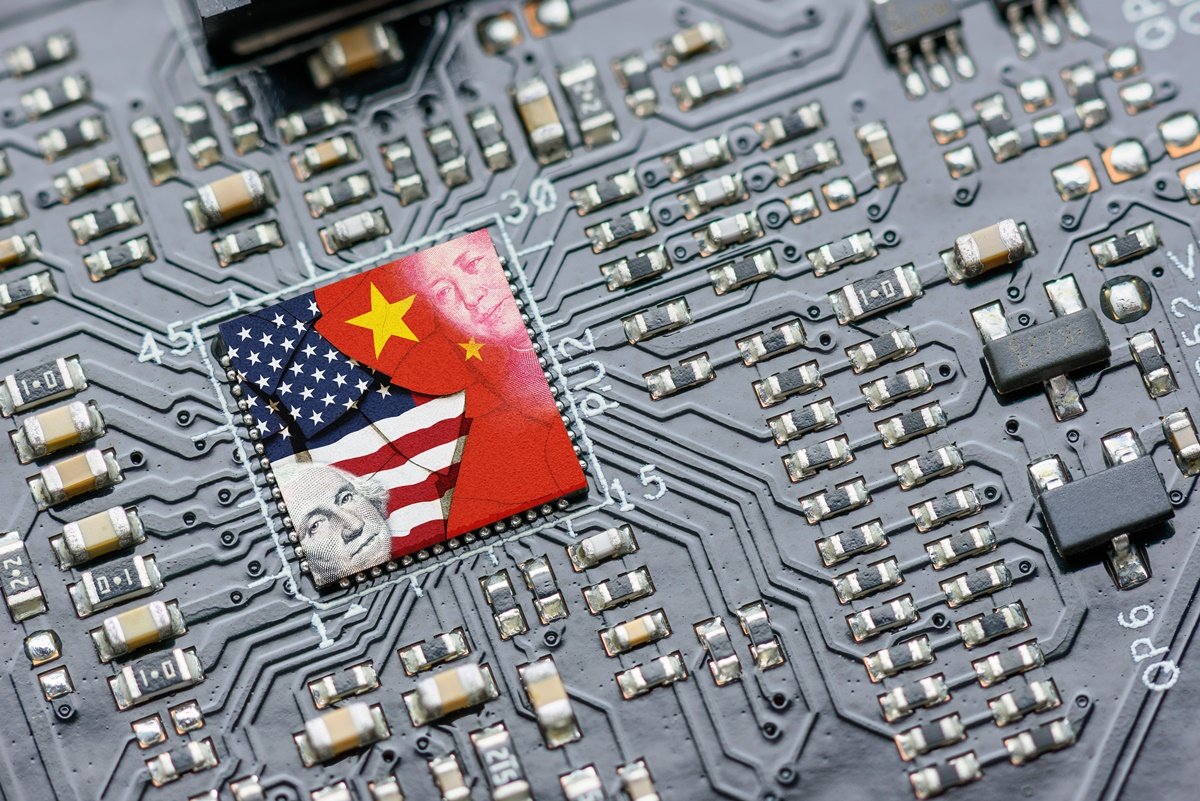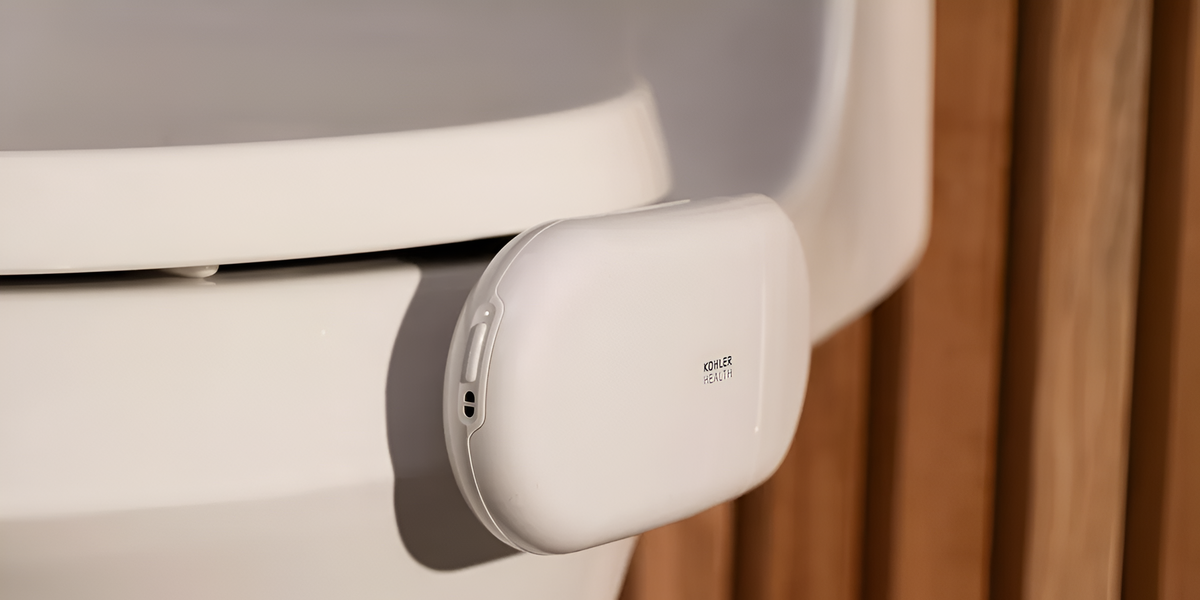A report released Thursday (2) by the Australian research organization Australian Strategic Policy Institute (ASPI) drew a comparison between the US and China in the areas of technology and innovation and concluded that: Beijing has an “amazing lead” over Washington in 37 of 44 critical and emerging technologies.
Among the technical innovations analyzed by the Canberra think tank are those deemed essential to a country’s vital sectors such as defence, space, energy and biotechnology. Practically speaking, this includes research into advanced aircraft engines, drones, and electric batteries.
According to the “Critical Technologies Monitor,” ASPI found that the top 10 research institutions in the world for certain technologies are headquartered in China. Collectively, this means producing nine times more high-impact research papers than second-place finishers in the “technology race” that is often the United States.
Is there a problem with Chinese technology leadership?
In saying that “Western democracies are losing global technological competition,” ASPI acknowledges the race for scientific and research discoveries, as well as its ability to retain global talent.
That means “deliberate design and long-term political planning” under President Xi Jinping to control the planet’s most important technologies, including those that don’t exist yet.
According to the report, one of the key areas where China excels is in defense and new space-related technologies. The Chinese hypersonic missile DF-17B, the product of this strategic technology, surprised the US Department of Defense by reaching Mach 10, ten times the speed of sound, in a test carried out in July 2021.
What can be done?
To reduce the current Chinese hegemony, ASPI advises governments to plan:
- Technology visas and R&D grants among allies;
- Revitalizing the university sector with private grants;
- channeling private equity into venture capital through taxes;
- New public-private partnerships and centers of excellence.
Data from the Australian institute shows “a gap in our understanding of the critical technology ecosystem”: China and the USA on one side and the rest of the world on the other. For researchers, filling this gap is essential so that we don’t end up in a situation where “one or two countries dominate new and emerging sectors,” as with 5G.
Source: Tec Mundo
I’m Blaine Morgan, an experienced journalist and writer with over 8 years of experience in the tech industry. My expertise lies in writing about technology news and trends, covering everything from cutting-edge gadgets to emerging software developments. I’ve written for several leading publications including Gadget Onus where I am an author.












